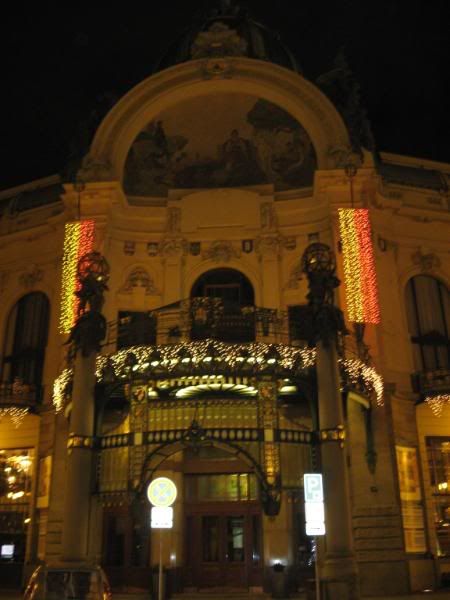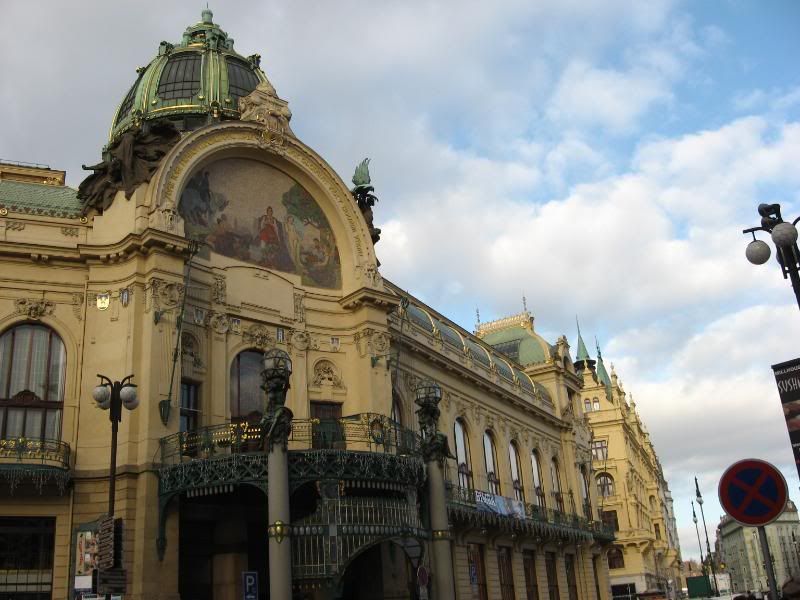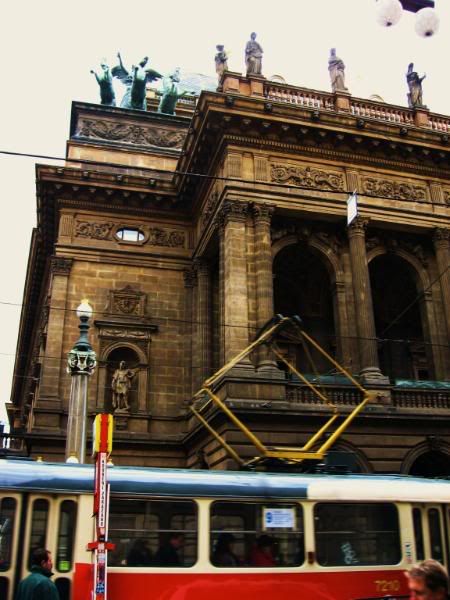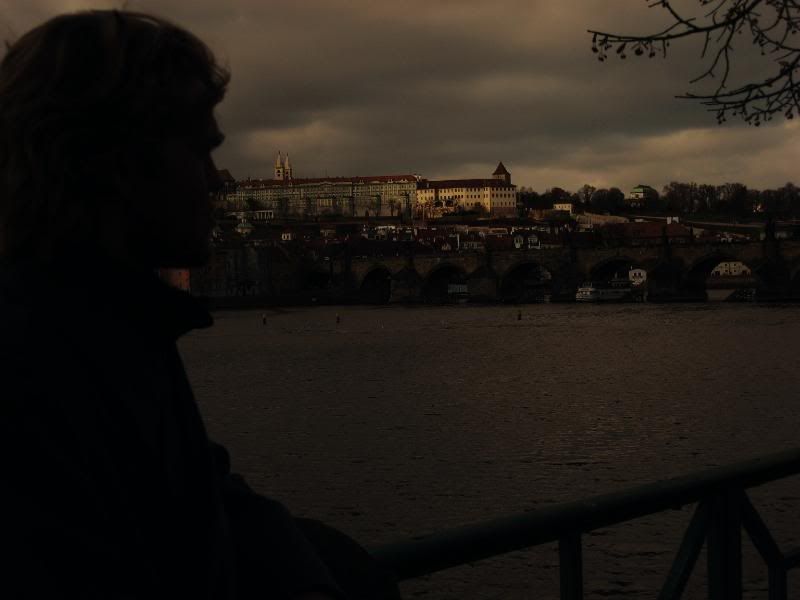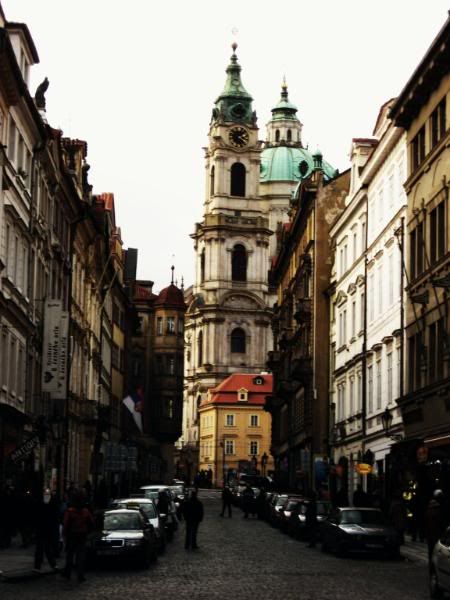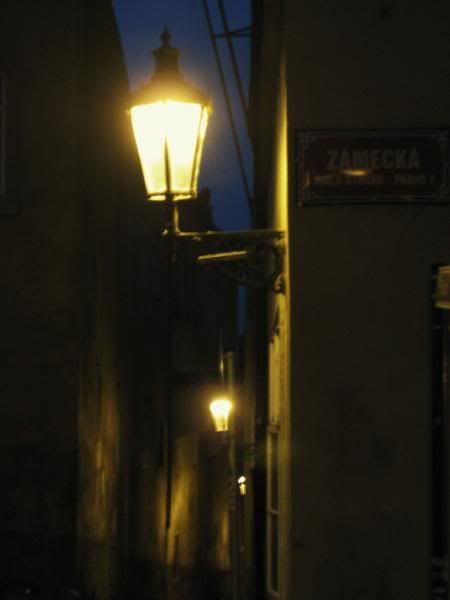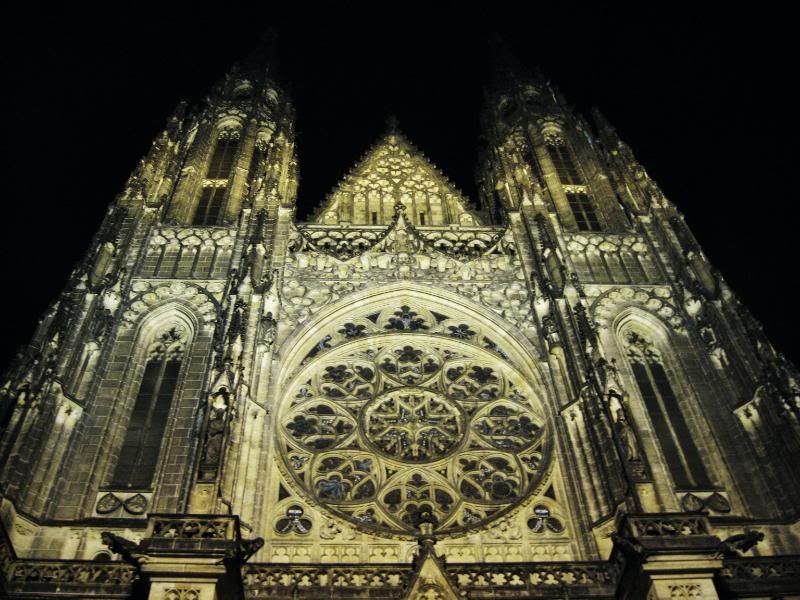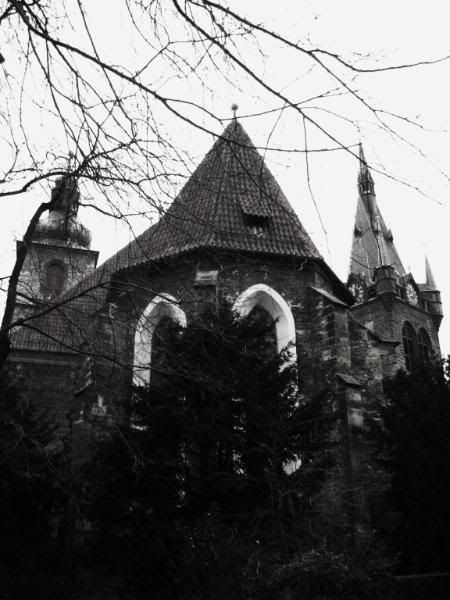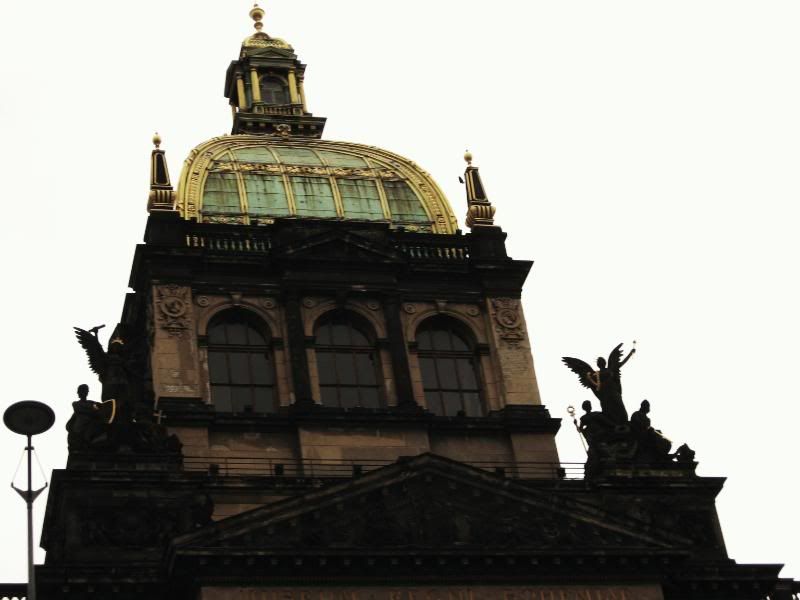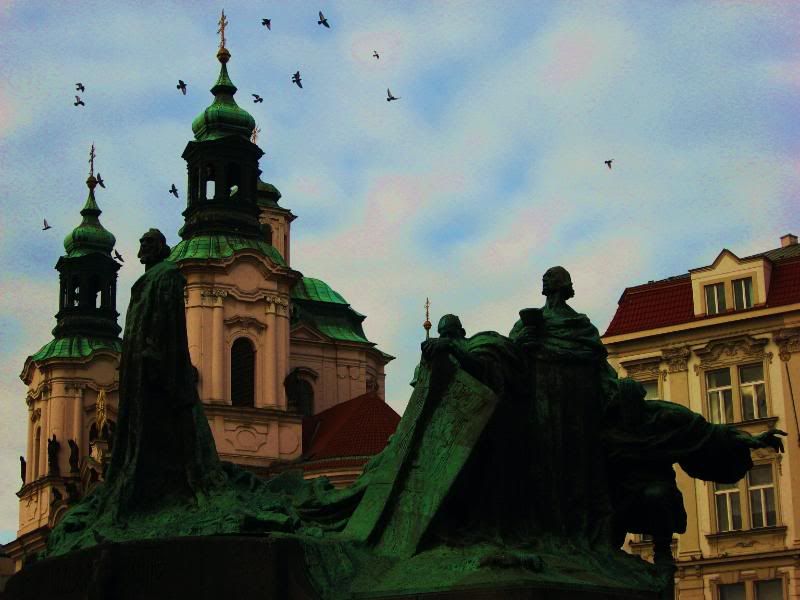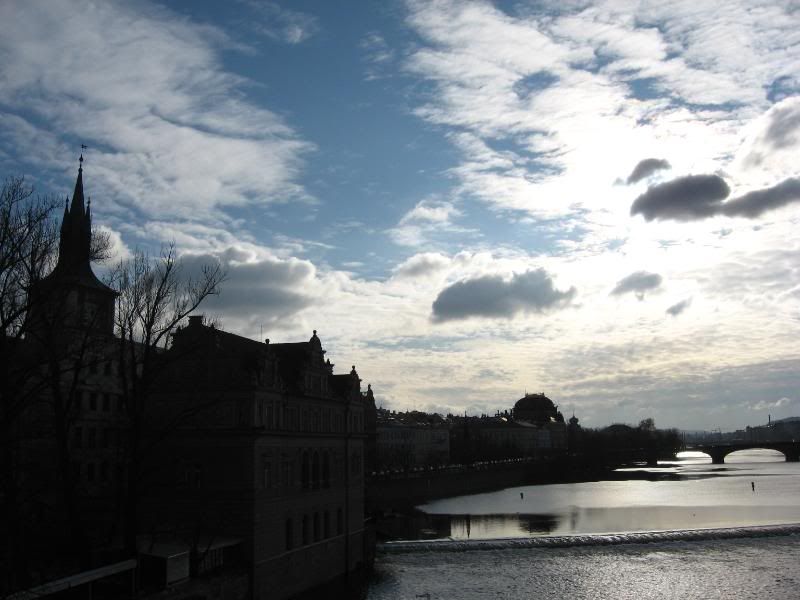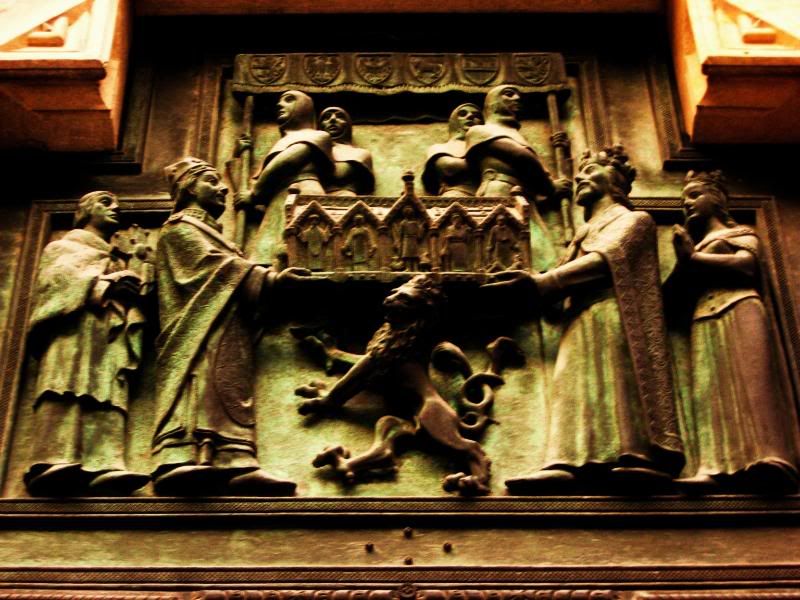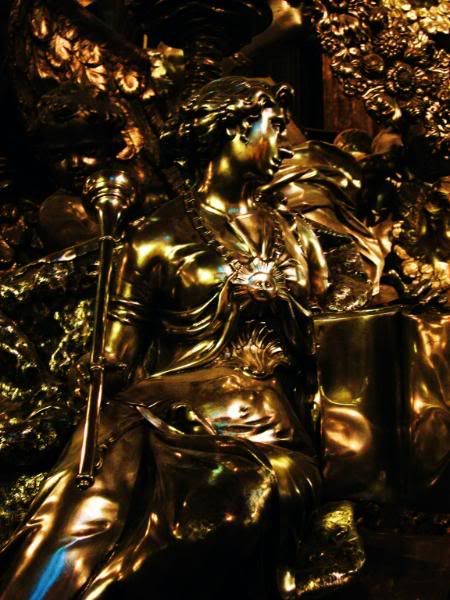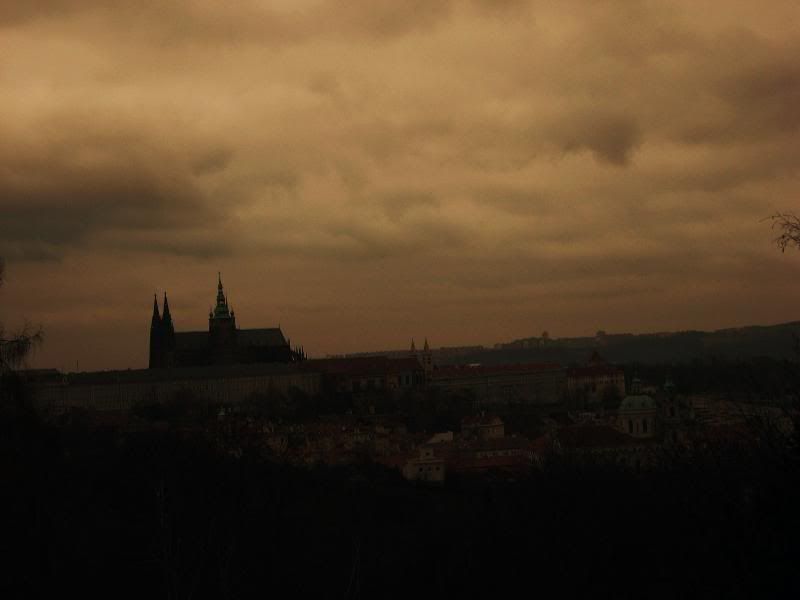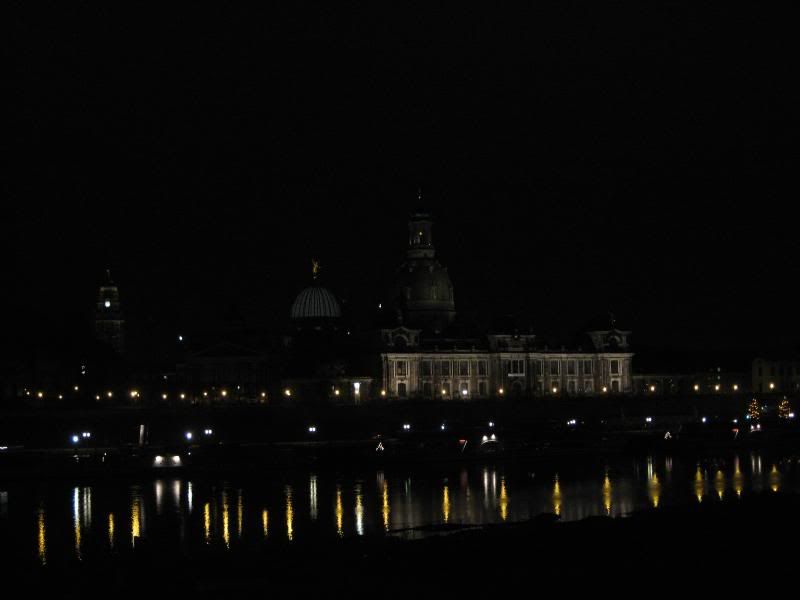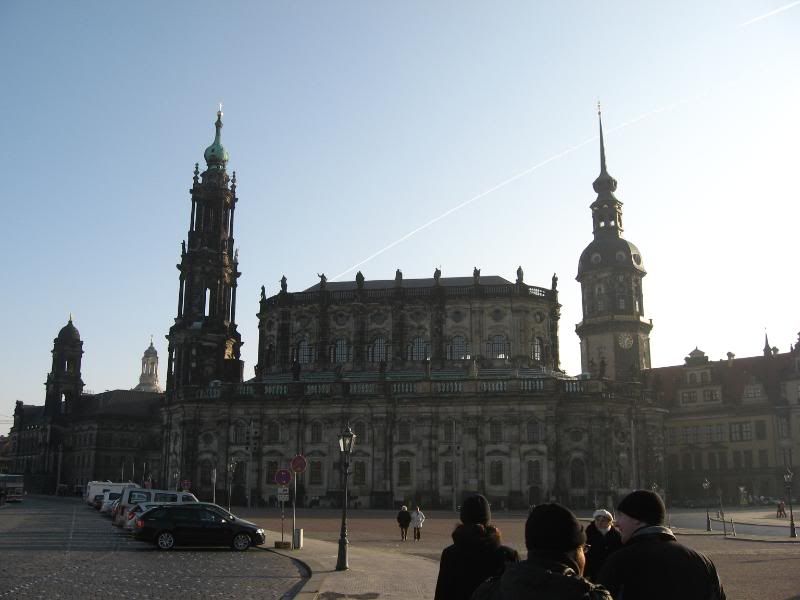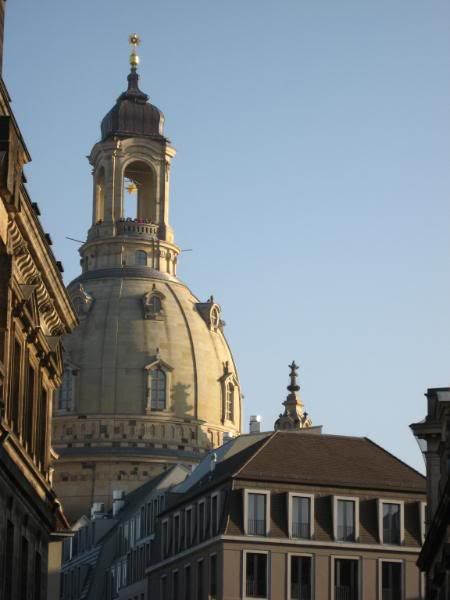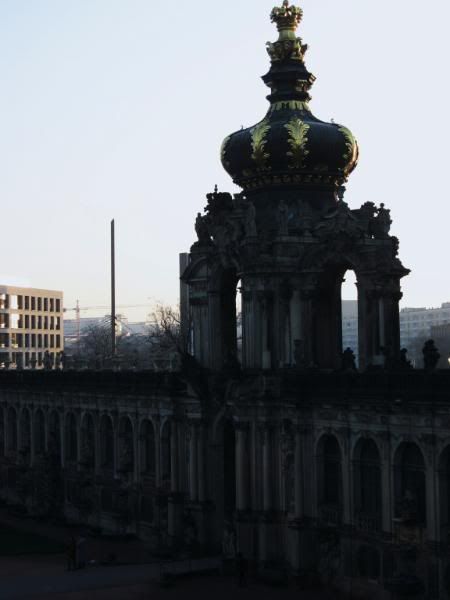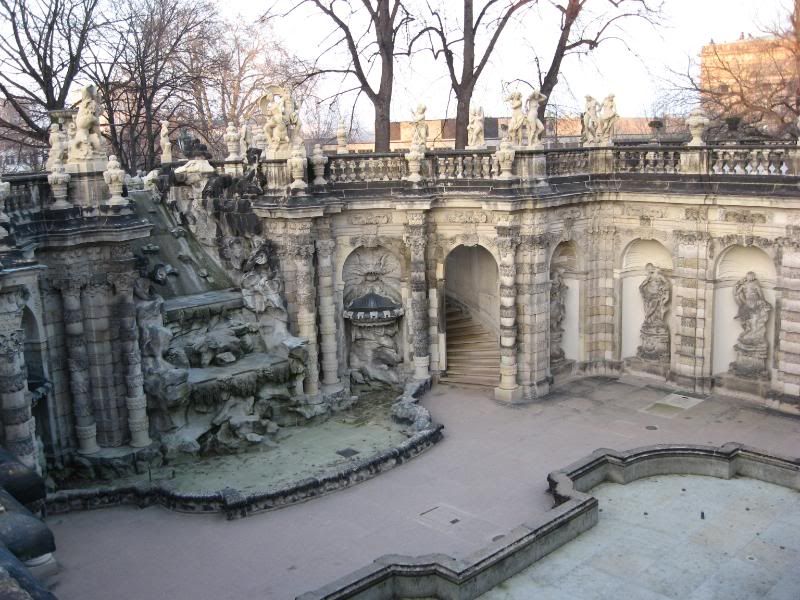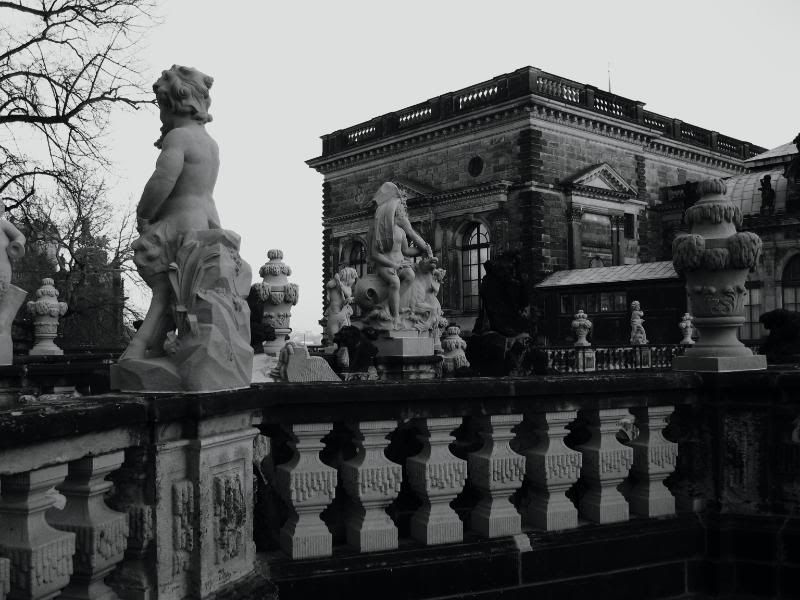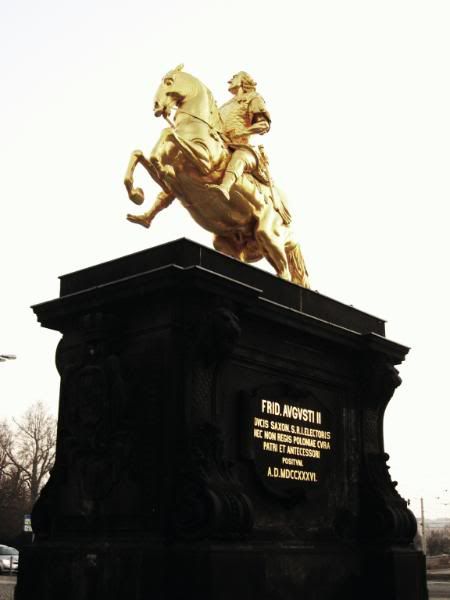Eastern Impressions
Before my highest mountain do I stand,
and before my longest wandering:
therefore must I first go deeper than I ever ascended.
Nietzsche
Prague
22.12.08 – 27.12.08
Over the Yuletide, I embarked on a journey which began on the tip of Eastern Europe, and ended in a major city of the former East Germany. I spent the week of Yule absorbing all I could from the very old, very beautiful city of Prague in the Czech Republic. It is unlike any place I’ve been – the atmosphere, the culture and the people – all very different from anything I've found in the US and Germany. It was refreshing to experience this city after spending a few disappointing months in the American-like Germany, and from my visit I now know three things:
I will go further into Eastern Europe.
As I absorbed the atmosphere and energy of Prague, many familiar impressions came to mind that I had already noticed in Slavic people I knew. The most wonderful being their attitudes and auras – they do not recognize the kind of fantasy world that most Americans and western Europeans wholeheartedly embrace. They’ve lived behind the curtain of communism, were bound by the red tape and once communism fell they were given a “democracy” that is hardly a better alternative. Their government is corrupt, the mafia rules much of the city, gypsies support young prostitutes – this they know without any illusions. However, they do nothing about it, just live with it – the frustration, anger and depression is obvious in the eyes of many. At least illusions are overcome, now they only need the courage and direction to kick aside their corrupt government. This shouldn’t take too long – once they realize they have a heritage, a culture and a future worth fighting for, the mafia and corrupt government will capitulate from within. They are on this path, as they are unafraid to embrace their culture. I saw a few bands perform in the middle of the Old Town during the Christmas market, and each one played old folk music with members dressed in traditional clothing and playing traditional instruments, such as bagpipes, woodwinds, various sorts of drums, violins, and so on. The lyrics centered on themes of old nationalist poets and folklore. The beautiful Czech singer performed traditional dances throughout the show, and ended her performance with a lovely fire dance. These are the kind of charms unseen in the US or in Germany. They are well hidden and must be sought out if they are there at all. I could never walk out into the street and find performances like what I experienced in Prague, and this only tells me that there is more of a world like this to find further east. I must go further because the east is so radically different, with a difference in which I can identify. I’m not sure exactly how or when the eastbound journey will take place, however planning has already begun.
I will learn a Slavic language.
I learned a bit of Czech before I left – simple things like pronunciation, numbers, greetings and common phrases – surprisingly I used some of it successfully, and it made the experience much more interesting. Learning a Slavic language before going into the East will knock down a significant language barrier and nurture a sharper sense for understanding its nature. Aside from that I’d love to understand and better appreciate poetry from Shevchenko and Pushkin, also stories from Dostoevsky and old folk tales of Perun, Chernobog, Svarrogh among other Slavic Gods in the original language.
I will return to Prague.
I was there for five days with most of my time being spent wandering around the city, yet I feel there is so much I never saw. I did all I could to avoid experiencing Prague as a mere tourist, but I don’t feel it was enough. I didn’t know any Czechs ahead of time, nor did I find anyone too familiar with the city or at least anyone enthusiastic enough to tell me where some hidden charms lay. Therefore, I want to return with someone who is either very familiar with the city and the atmosphere, a native Eastern European hopefully, or meet a Czech native who can show me their city, their land and their heritage through their eyes.
Enjoy the photos below. The brightness and contrast had to be tweaked a little with some of them, otherwise they’re in pure form.
Performance of Jagabab. http://www.jagabab.cz http://www.myspace.com/jagabab
In this church was baptized Rainer Maria Rilke
A new year dawns
higher the sun raises
make manifest a time to begin
as the eternal star blazes
Dresden
27.12.08 – 30.12.08
I took the train from Prague to Dresden on a gray Saturday morning. I saw the rural villages of the Czech Republic, villages that lay within forests and mountains, on rivers and lakes, very old villages having survived war. Some still on fruitless and barren land, with long destroyed buildings. Still were the walls riddled with bullet holes, and scorched by flames. Still were the holes of mortars seen in the roofs, along with the decay of time. There were some nicer looking medieval villages, but even then the occasional war marked building stood around. I didn’t know it then, but this was a prelude to what I would see in Dresden.
Dresden, like many other old German cities, is very beautiful, but is the strangest city I have wandered through. It didn’t feel like an old medieval city, such as Heidelberg or Prague, even though it once was the cultural and artistic center of Germany, but felt like a internally wounded and shattered place. In February 1945, the demilitarized city went up in flames with phosphorous bombs dropped by the British and American air forces. With absolutely no significant military installation to destroy, the allies bombed the city for 14 hours destroying the entire old baroque city, and killing over 200,000 German civilians. To add insult to injury, the occupying Communist government left many old structures in ruin, and even today there remain many rotten neighborhoods and buildings scattered throughout the city. The destroyed building below stood just across the street from my hostel, and like many others, serves the only purpose of a squatters nest. It’s surprising that even the alternative occupation government doesn’t repair some of the neighborhoods. The comparison picture I’ve included was taken of the destroyed Frauenkirche not in 1945, but in 1991. The original bricks used to rebuild the baroque Altstadt are clearly visible. This made the vibrations of the destruction evermore strong. Still, it was heartening to see that they had rebuilt these beautiful structures after all these years. Things like this will help the Germans reaffirm their blood, history and spirit that they should be very proud of, and help them to kick aside the guilt and self hatred that has worn down their spines over the past decades. Dresden should serve as a reminder that they should never forget what happened to their fatherland, and never forgive the reckless and treacherous occupying forces.
I remembered the anti-Nazi starvation camps that the Allies had (I knew it from comrades who had suffered in some of them) established in occupied Germany. But I realized it was of no use mentioning these to this woman, she would avoid answering me — whether she knew the facts or not — and would politely drop the topic. . . Other Democrats — other 'humanitarians', responsible ones — would answer for all those horrors when the day of reckoning would come.
-Savitri Devi, Defiance
http://www.youtube.com/watch?v=DA5mA5nboR8






















